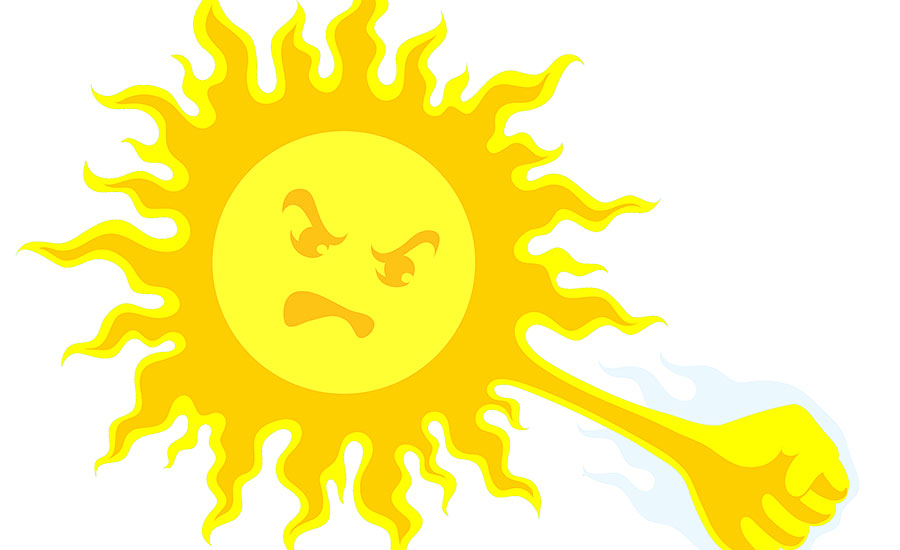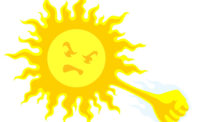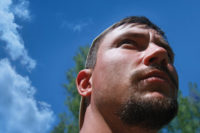As temperatures rise, exposure to ultraviolet (UV) rays and skin cancer risk become a concern for outdoor workers. Construction workers are at especially high risk, as well as agricultural workers, some utility workers, landscapers, lifeguards and anyone who spends hours outside every day.
Up to 90 percent of all skin cancers are caused by either prolonged or intense exposure to the sun. Outdoor workers naturally spend more time exposed to UV radiation and so find themselves at greater risk of sun damage and the subsequent development of skin cancers.
Some outdoor workers are also exposed to substances that increase the harmful effects of UV radiation. These include industrial chemicals such as asphalt and diphenyl, and some medications. A water-resistant sunscreen can help give protection when there is likely to be skin contact with these substances.
Sunlight exposure is typically highest between 10 a.m. and 4 p.m. Keep in mind that workers are at risk of UV radiation even on cloudy days. UV radiation bounces off water, sand, concrete, light-colored surfaces and snow, and can considerably increase the strength of the sun’s damaging rays.
Sunburn is an often painful sign of skin damage from spending too much time outdoors without wearing a protective sunscreen. Unlike a thermal burn, sunburn is not immediately apparent. Symptoms usually start about four hours after sun exposure, worsen in 24-36 hours and resolve in three to five days.
Years of overexposure to the sun lead to premature wrinkling, aging of the skin, age spots, and an increased risk of skin cancer. In addition to the skin, eyes can get burned from sun exposure. Sunburned eyes become red, dry, and painful and feel gritty. Chronic exposure of eyes to sunlight may cause pterygium (tissue growth that leads to blindness), cataracts and, in more extreme cases, macular degeneration, a leading cause of blindness.
Protection recommendations
Workers should follow these recommendations from the CDC and NIOSH to protect themselves from UV damage from sun exposure:
- Wear sunscreen with a minimum of SPF 15.
- SPF refers to the amount of time that people will be protected from a burn. An SPF of 15 will allow a person to stay out in the sun 15 times longer than they normally would be able to stay without burning. The SPF rating applies to skin reddening and protection against UVB exposure.
- SPF does not refer to protection against UVA. Products containing Mexoryl, Parsol 1789, titanium dioxide, zinc oxide, or avobenzone block UVA rays.
- Sunscreen performance is affected by wind, humidity, perspiration and proper application.
- Old sunscreens should be thrown away because they lose their potency after one or two years.
- Sunscreens should be liberally applied (a minimum of one ounce) at least 20 minutes before sun exposure.
- Special attention should be given to covering the ears, scalp, lips, neck, tops of feet and backs of hands.
- Sunscreens should be reapplied at least every two hours and each time a person gets out of the water or perspires heavily.
- Some sunscreens may also lose efficacy when applied with insect repellents, necessitating more frequent application when the two products are used together. Follow the application directions on the sunscreen bottle.
Sources:
www.cdc.gov/niosh/topics/sunexposure/
www.skcin.org/sunSafetyAndPrevention/sunSafetyInTheWorkplace.htm



